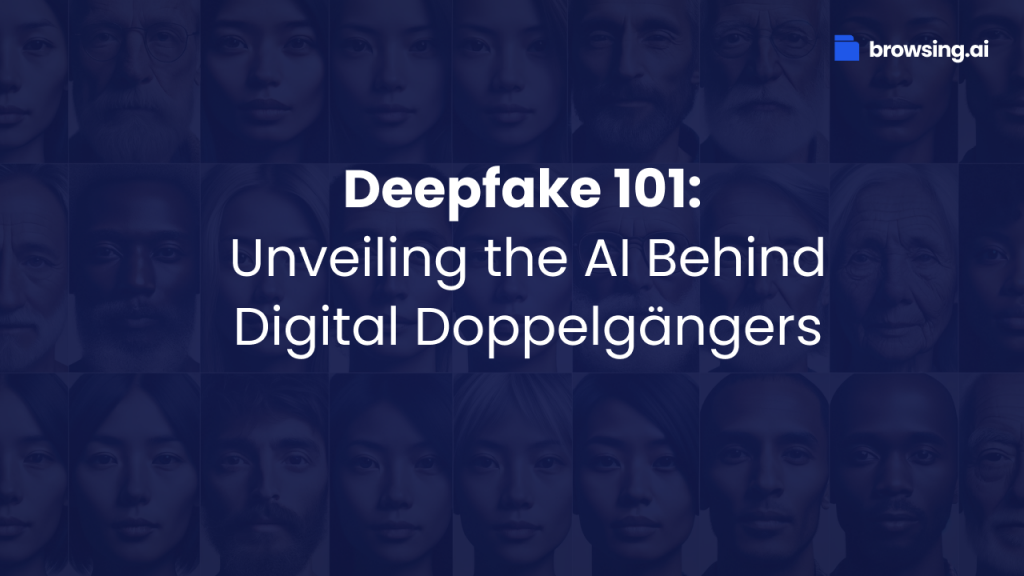In the realm of digital innovation, few technologies have sparked as much curiosity and concern as deepfakes. This blend of “deep learning” and “fake” heralds a new era of content creation, where seeing might no longer be believing. But what exactly are deepfakes, and how does artificial intelligence (AI) breathe life into these digital doppelgängers? Let’s dive into the fascinating world of deepfakes, exploring their origins, how they’re made, and the implications they have in today’s digital-first world.

The Dawn of Deepfakes
Deepfakes leverage powerful AI algorithms to create or alter video and audio recordings, making it possible to depict people saying or doing things they never did. This technology, while groundbreaking, walks a tightrope between innovative potential and ethical quandaries.
How Deepfakes Are Made
The creation of deepfakes is primarily powered by a type of AI known as Generative Adversarial Networks (GANs). Here’s a simplified breakdown of the process:
- Data Collection: First, a substantial amount of video and audio data of the target individual is collected. This data serves as the foundation for creating the deepfake.
- Training the AI: The GAN consists of two parts – the generator and the discriminator. The generator creates the deepfake images or videos, while the discriminator evaluates their authenticity. Through iterative training, the generator learns to produce increasingly convincing fakes.
- Refinement and Rendering: Once the AI has been sufficiently trained, it can generate a deepfake video or audio recording. This process can take significant computing power and time, depending on the desired quality.
The Double-Edged Sword of Deepfake Technology
The implications of deepfakes extend far beyond just the technical. They reside in a murky ethical landscape where the potential for innovation meets the risk of misuse.
Innovation vs. Ethical Concerns
On one hand, deepfakes hold remarkable potential in entertainment, education, and even in creating personalized content. Imagine watching a historical documentary with realistic representations of historical figures, or actors being able to perform in multiple languages seamlessly. However, the flip side is fraught with issues of consent, privacy, and the spread of misinformation. The ease with which deepfakes can be used to create convincing false narratives poses a significant challenge to the integrity of information in the digital age.
Recognizing and Combating Deepfakes
As deepfakes become more sophisticated, the line between reality and fabrication blurs. Enhancing digital literacy is crucial in equipping individuals with the skills to of combating deepfakes. Moreover, researchers and tech companies are developing detection tools to identify deepfakes, using methods ranging from analyzing pixel inconsistencies to detecting unnatural blinking patterns.
Navigating the Future
The advent of deepfakes is a testament to the rapid advancements in AI and machine learning technologies. As we navigate this new digital landscape, it becomes imperative to foster a balanced discourse on the ethical use of deepfake technology. Encouraging innovation while safeguarding against misuse will be key in harnessing the full potential of deepfakes.
The journey into the realm of deepfakes and AI is just beginning. By understanding the technology and its implications, we can better prepare for a future where digital realities are ever-changing. As we move forward, it’s essential to continue exploring, questioning, and critically evaluating the digital content that shapes our perception of reality.

